This is my main project now, and I am exploring the opposite of end of spectrum from my serial processor - while serial CPU processed with 1 bit a time, here there will be intrinsic parallelism, as each instruction could theoretically update 5*n bits (n = 16 in this implementation). Currently, the little test code I have is able to achive about 1.25 operations per instruction. I built in runtime counters that count instructions per second and operations per second. The max clock speed is 25MHz (12.5MIPS), probably with some tweaks full 50MHz could be achieved.
SIFP - Single Instruction Format Processor
A super-scalar, reduced instruction set processor where microcode and machine code are the same thing!
 zpekic
zpekic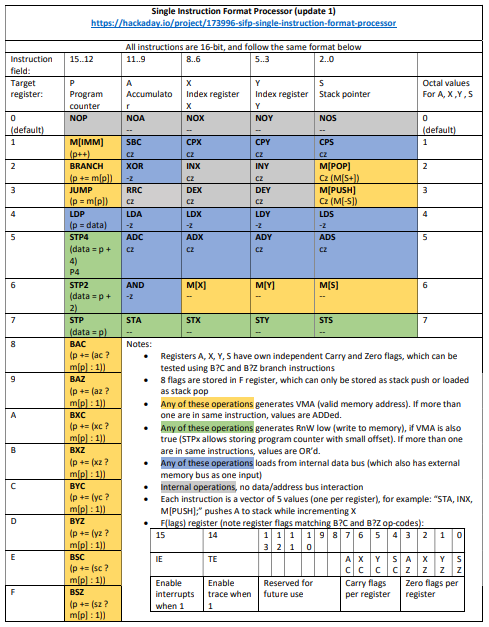
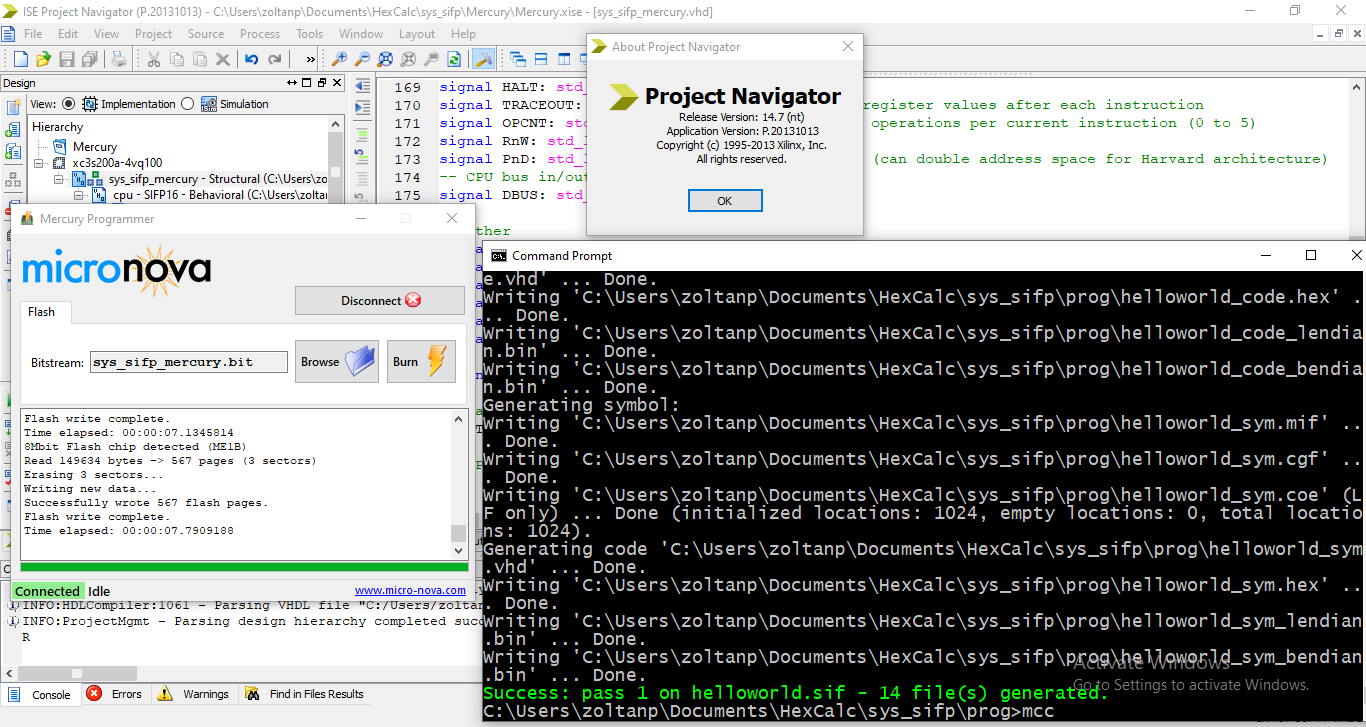


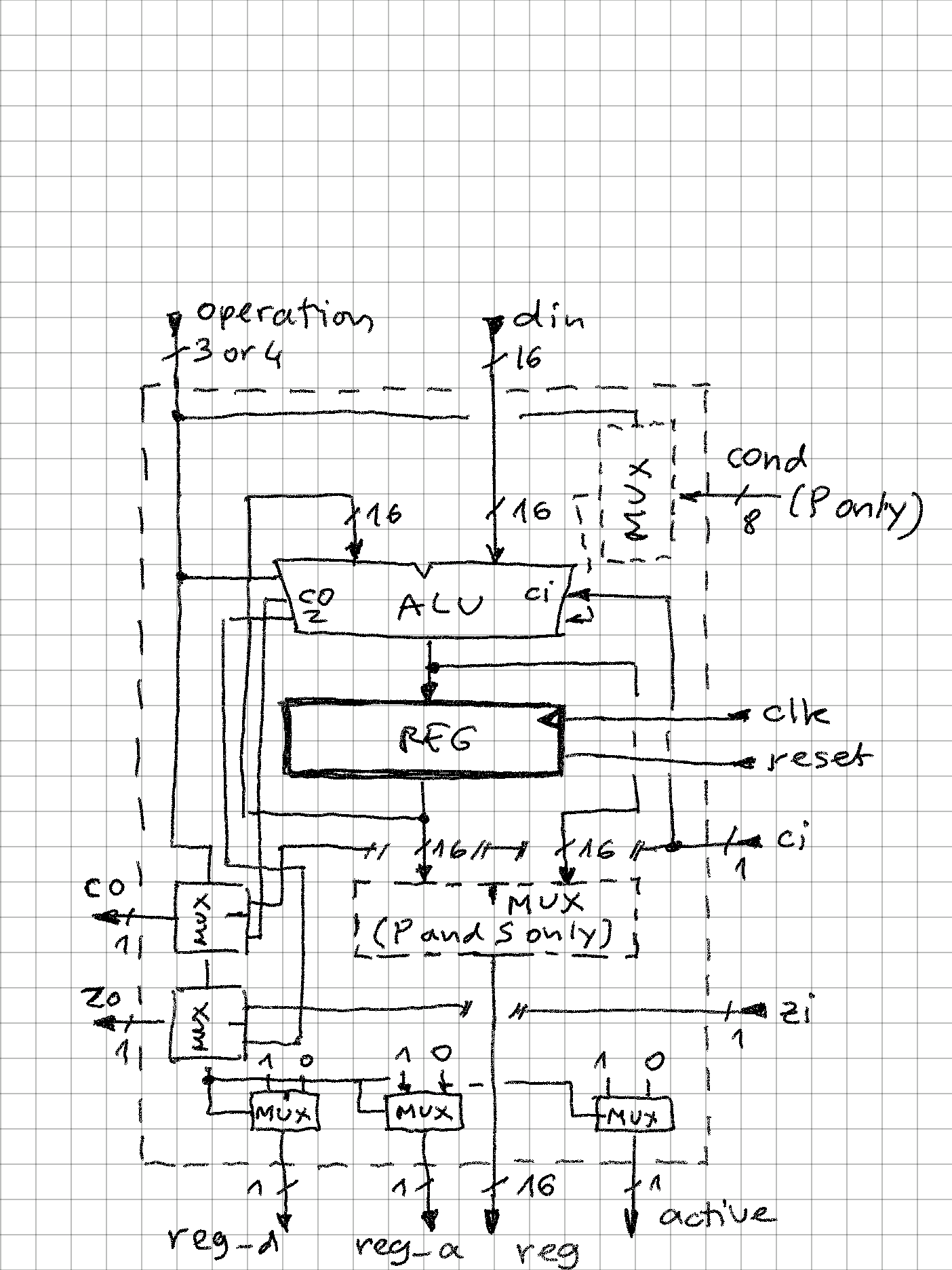
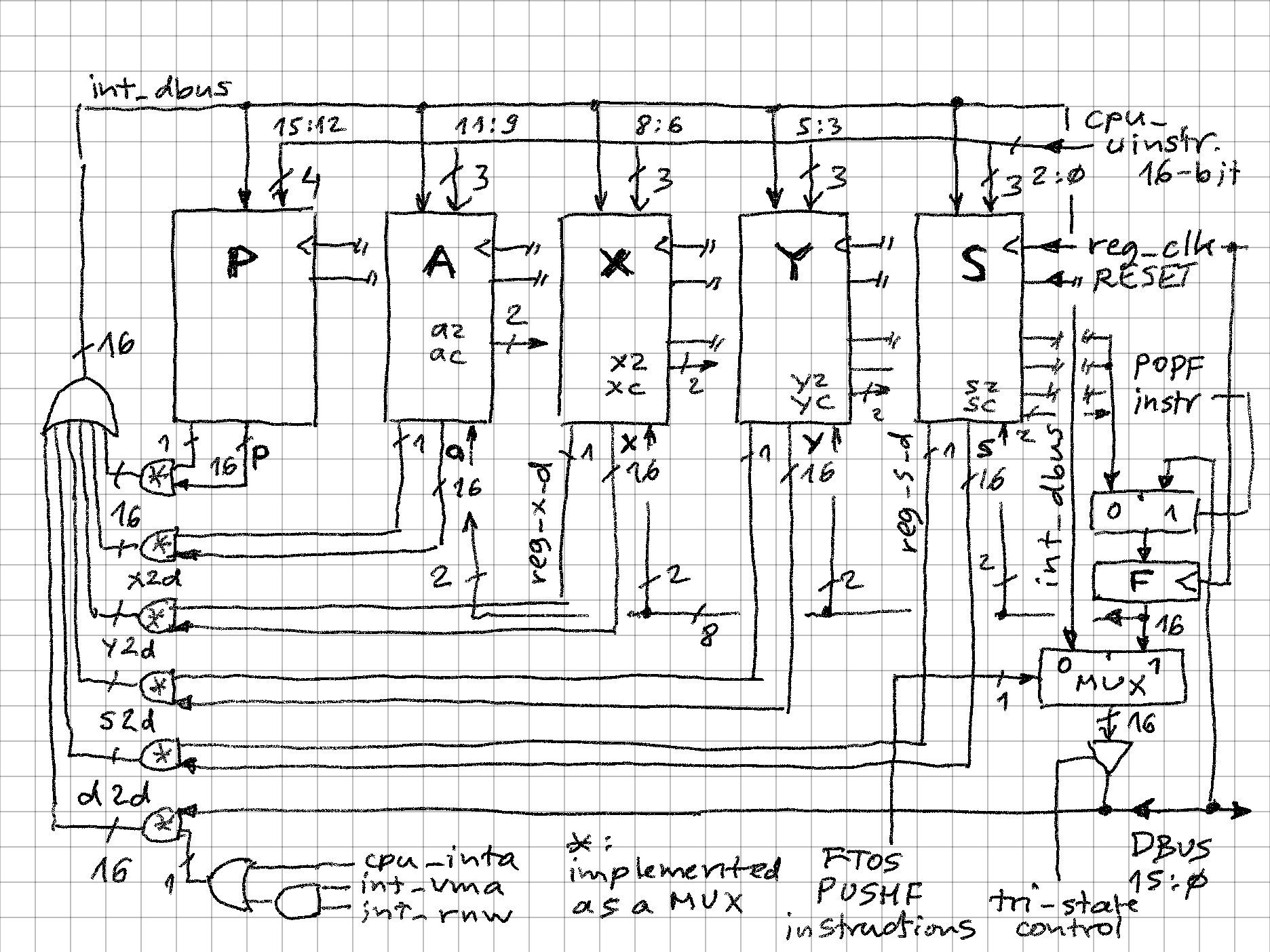
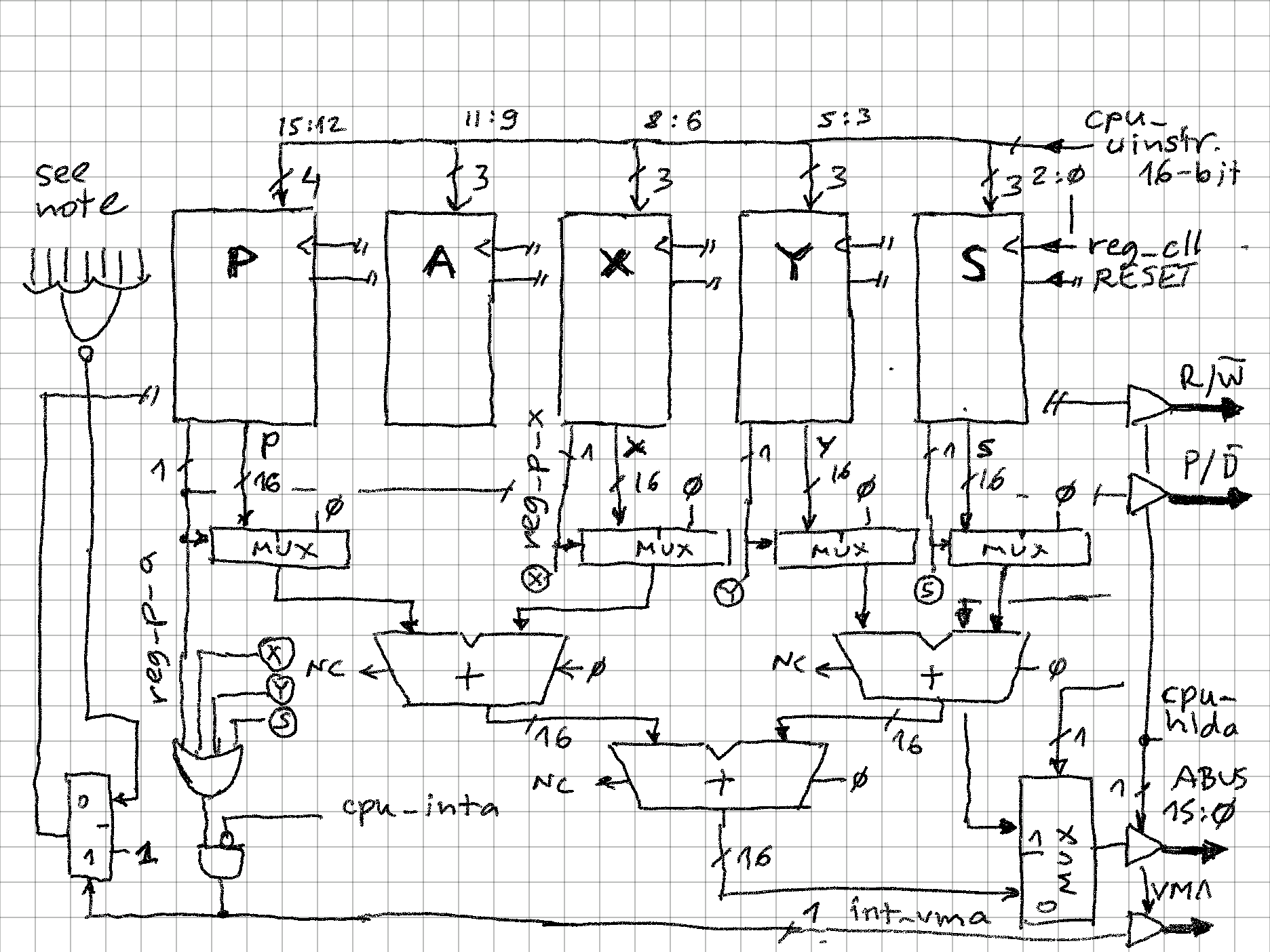
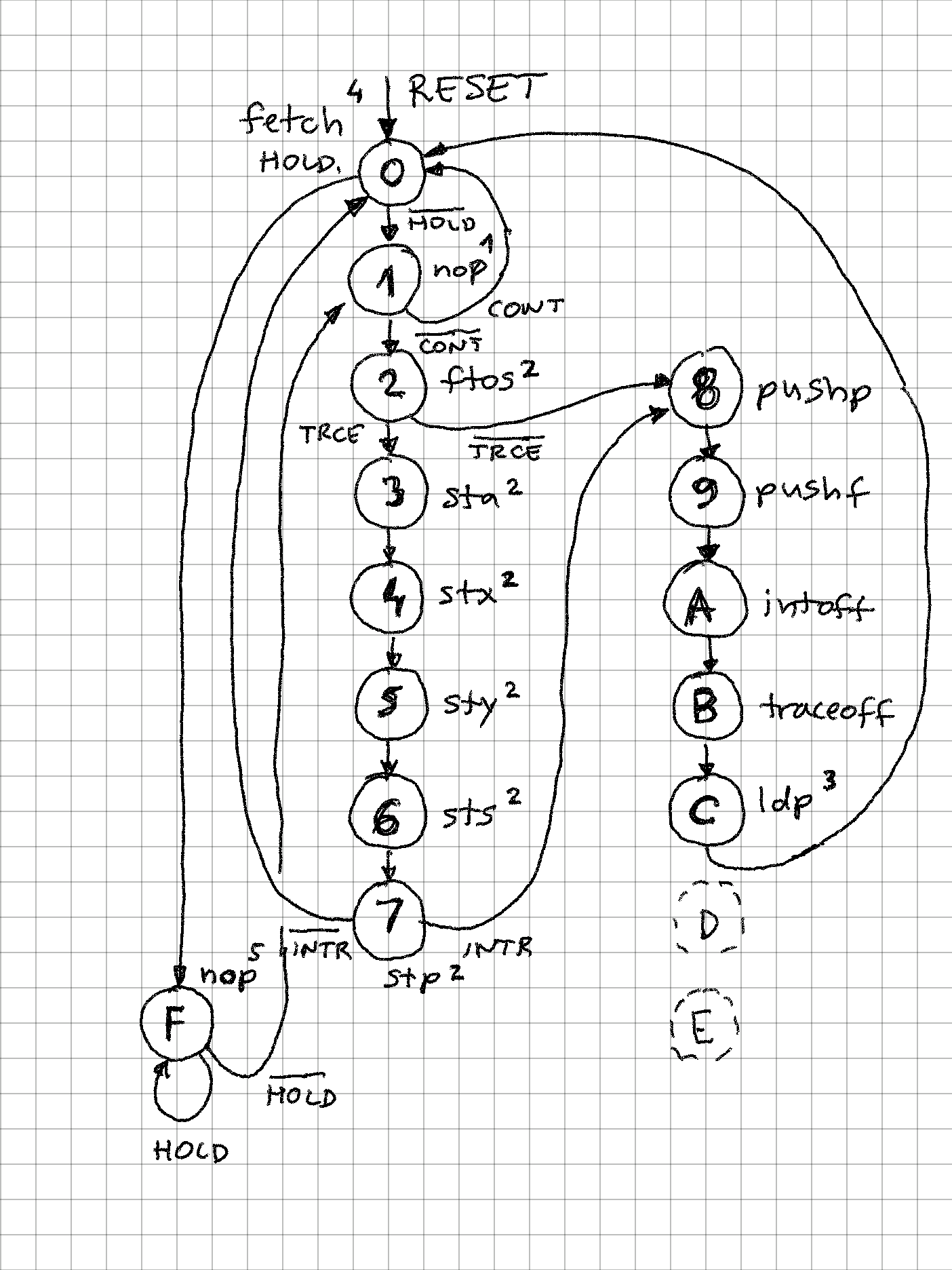



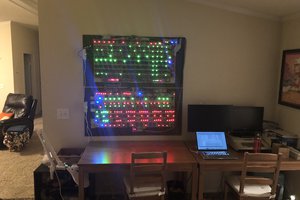
 spudfishScott
spudfishScott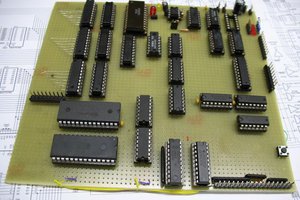
 jaromir.sukuba
jaromir.sukuba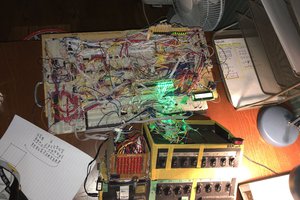
 ammarbhayat28
ammarbhayat28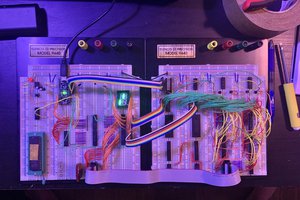
 Tim Ryan
Tim Ryan
Hi Zoltan, I keep meaning to give you a 👍 but keep forgetting. I like that you are exploring non-traditional architectures. Someday I might get a round tuit to read your project in depth, and take the wrapping off the FPGA dev board I got some time back. In fact I need lots of round tuits. Have a great holiday season!